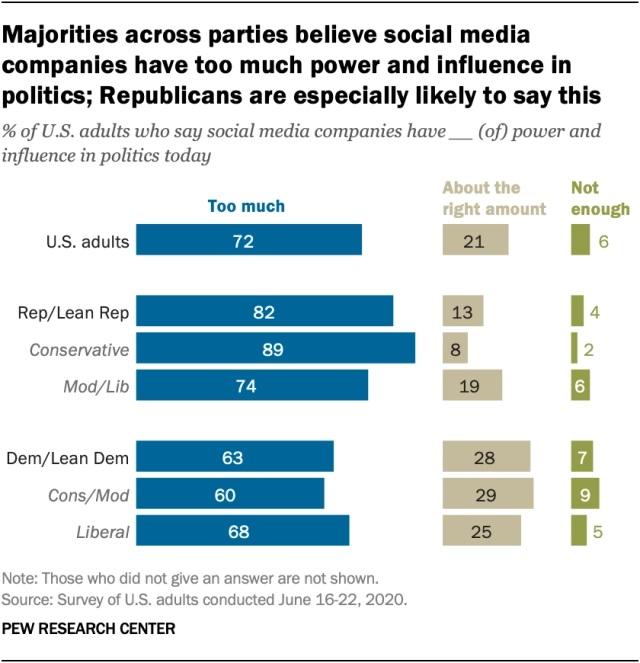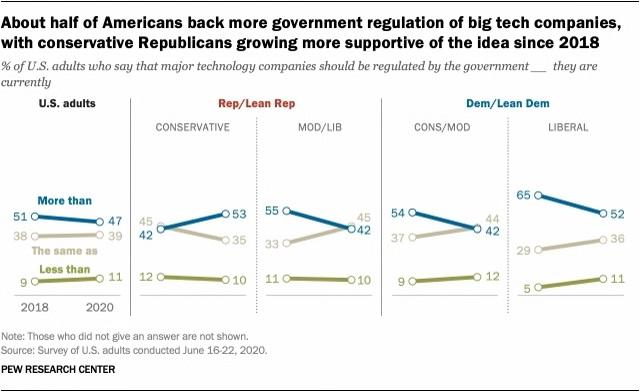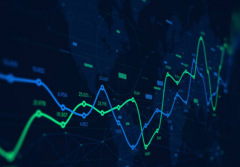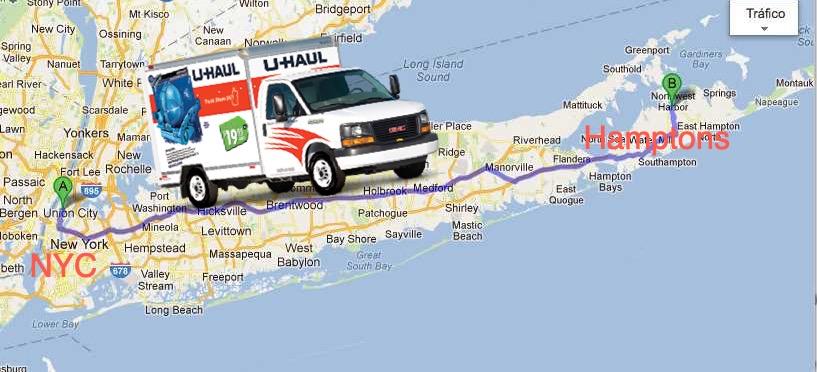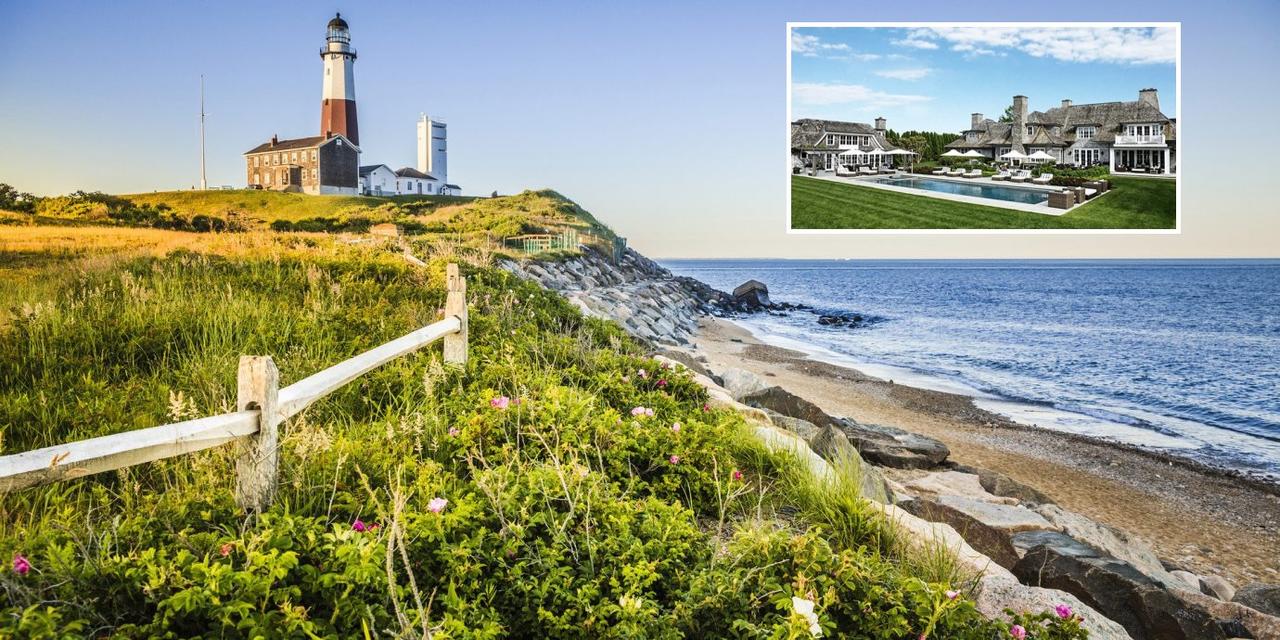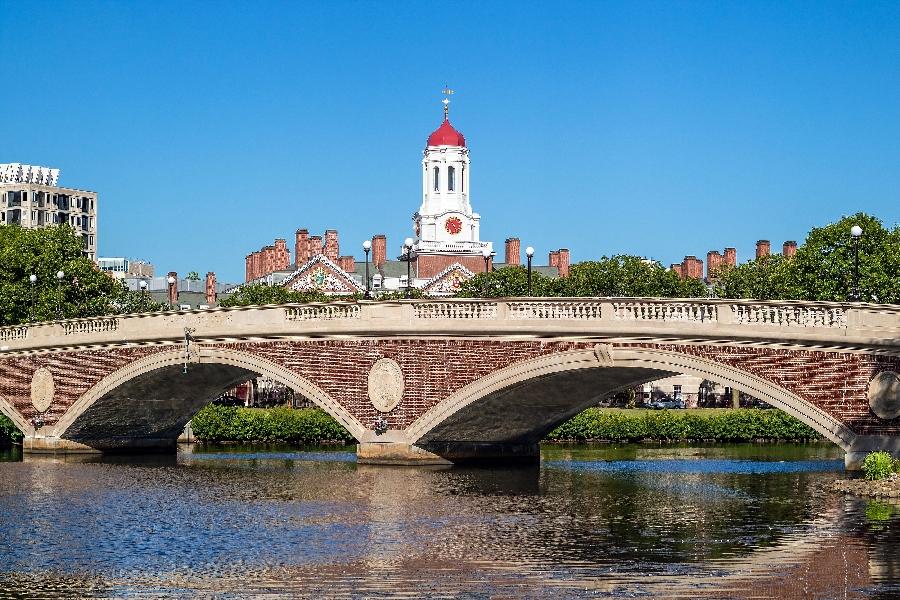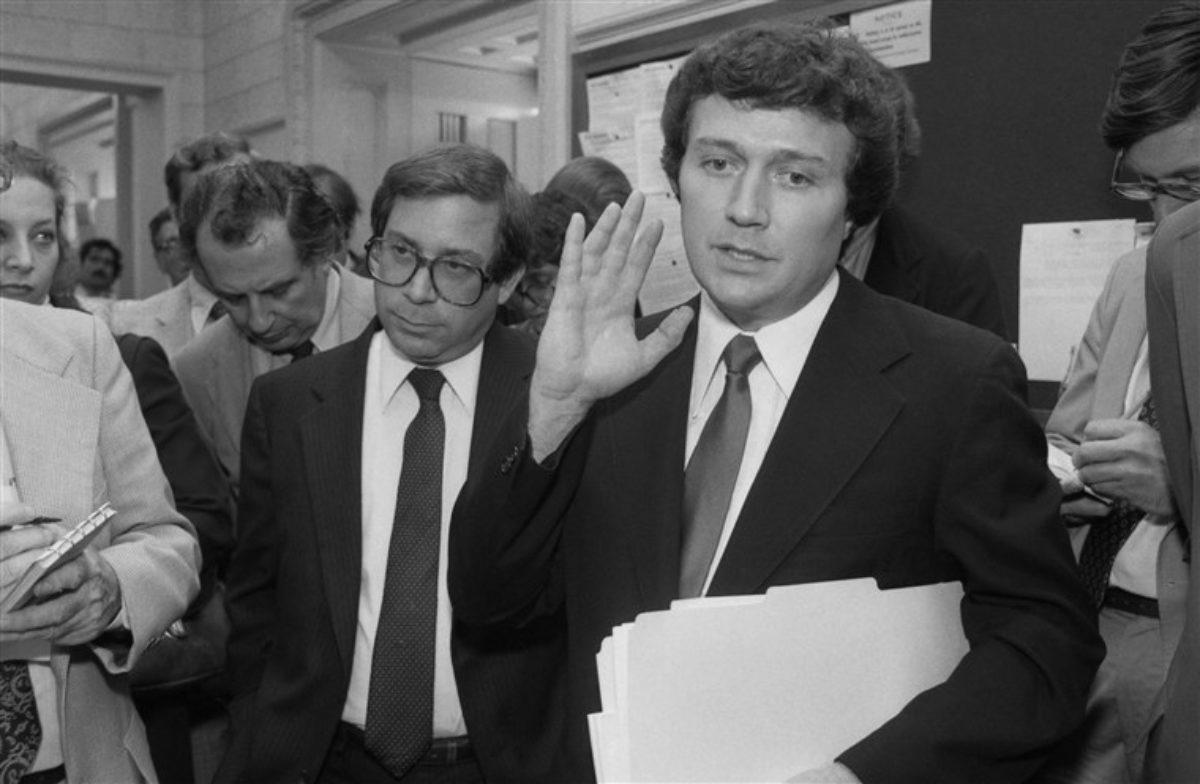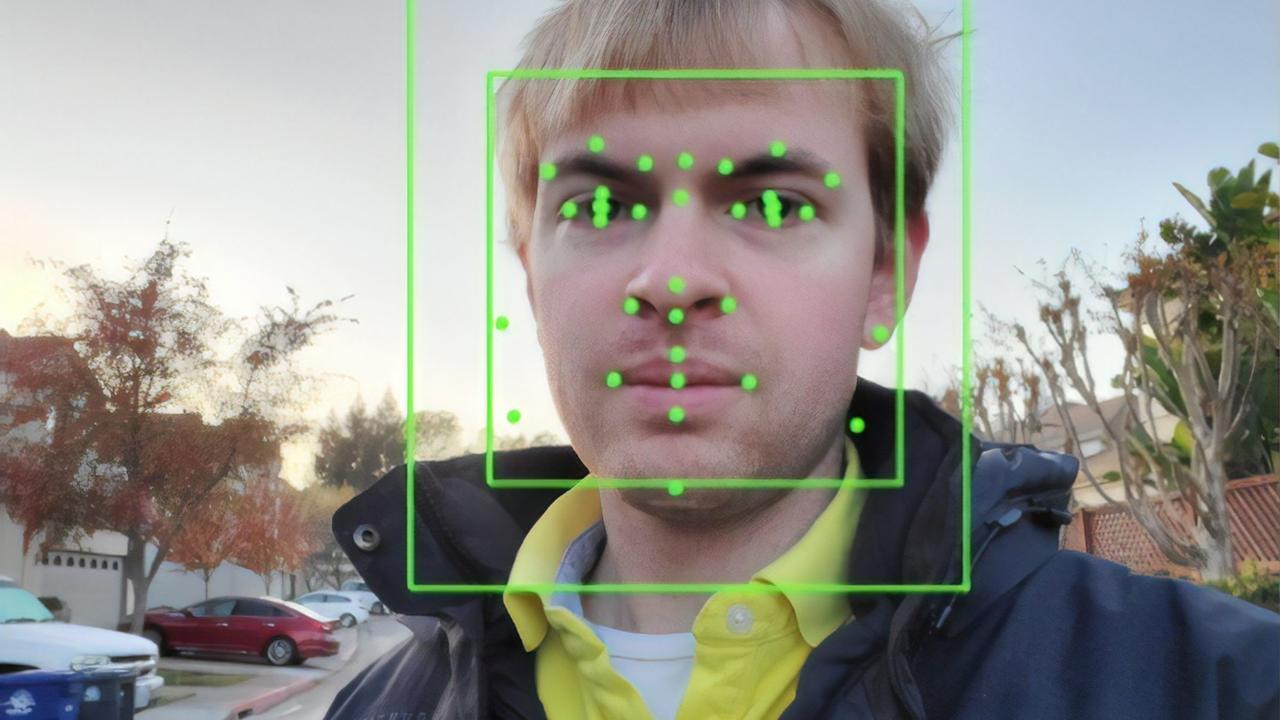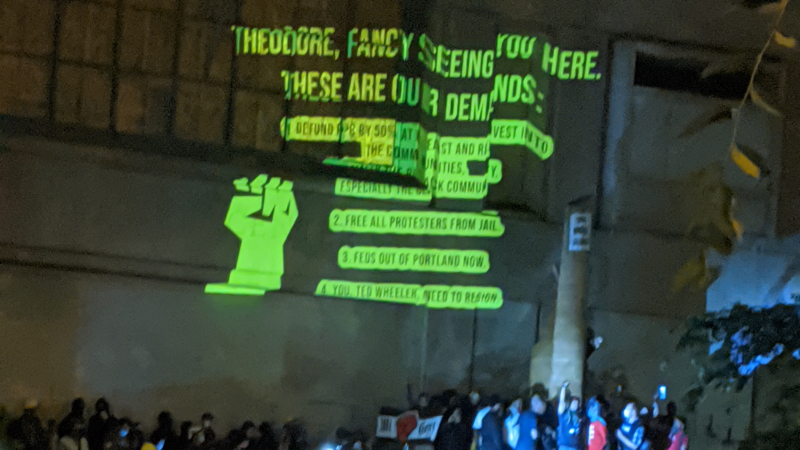Back in February, the Department for Homeland Security (DHS) suspended New Yorkers’ ability to enroll or re-enroll in the federal government’s Trusted Traveler Programs (TTPs), which included Global Entry, Nexus, and others. Trump-appointed Acting Secretary of Homeland Security Chad Wolf claimed that the reason was that New York’s sanctuary and Green Light Law prevented state DMVs from sharing criminal records with Customs and Border Protection (CBP) and Immigration and Customs Enforcement (ICE). Wolf stated that the CBP was unable to verify New Yorkers’ TTP eligibility and that ICE couldn’t fulfill its mission. Governor Andrew Cuomo called out DHS’s actions as retaliatory and vowed legal action.
The 175,000 affected enrolled New Yorkers (myself included) and other potential applicants were likely generally relieved to find out today that the ban would be lifted (even though most of us are probably not traveling any time soon). DHS explained its decision by saying that recent modifications to New York’s Green Light Law would enable the sharing of DMV records again. Wolf grumbled that the state’s laws are still jeopardizing the United States’ security, but it seemed like the story had generally run its course.
A letter surfaced today, however, that the U.S. Attorney’s Office sent to Judge Jesse Furman of the Southern District of New York and that casts a new light on DHS’s actions. The letter seeks to correct the record about false and misleading statements that DHS made in legal documents submitted to SDNY in TTP-related litigation. And it’s a doozy.
The U.S. Attorney’s office had argued on behalf of DHS that the data restrictions in New York’s Green Light Law were “unique and precluded CBP from conducting adequate risk assessments of New York applicants for TTPs.” Critics already believed at the time that this was pretense and that, as Cuomo also indicated, these actions were sheer retaliation over the administration’s anger at New York’s sanctuary laws unrelated to any genuine national security motive. According to the letter, on July 17 “DHS advised this Office that those statements and representations are inaccurate in some instances and give the wrong impression in others. . . . . DHS learned and informed this Office that several states, the District of Columbia, and a territory . . . do not currently provide access to driving history information, including driving-related criminal histories.” Further, two other territories provide even less information. “Nevertheless, CBP has continued to accept, vet, and where appropriate, approve TTP applications from these states and territories.”
In other words, there was nothing “unique” about how New York handled DMV data–but the state got uniquely punished by the federal government. That is what the letter means in plainer English when it says that “[t]hese revelations undermine a central argument in defendants’ briefs and declarations to date: that CBP is not able to assure itself of an applicant’s low-risk status because New York fails to share relevant DMV information with CBP for TTP purposes.”
The letter also reports that DHS had stated during the litigation that the amendment to New York’s Green Light Law failed to fix the DMV data-sharing problem. CBP, however, entered into an agreement with California that would consider similar conditions as New York’s acceptable for TTP enrollment. The letter states that while the New York Green Light Law amendment remains contrary to DHS policy, “considering DHS’s agreement with the California Department of Justice, defendants no longer wish to press this argument to support the TTP Decision.” A paragraph of apologies follows, along with a withdrawal of motions and other legal documents and a conclusion that DHS has decided to restore New Yorkers’ access to TTPs.
It defies belief that these were innocent mistakes or even sheer incompetence on the part of DHS. How could DHS not know that other states and territories engaged in the same practices as New York when it brazenly and falsely argued in legal documents that New York’s practices were unique? The likeliest explanation is that DHS seems to have been less interested in telling the truth to the court and more in continuing to shove through its restrictive immigration agenda come hell or high water. It will be interesting to watch the court’s reaction and whether any sanctions will ensue—here’s hoping.
from Latest – Reason.com https://ift.tt/30FXVPh
via IFTTT

